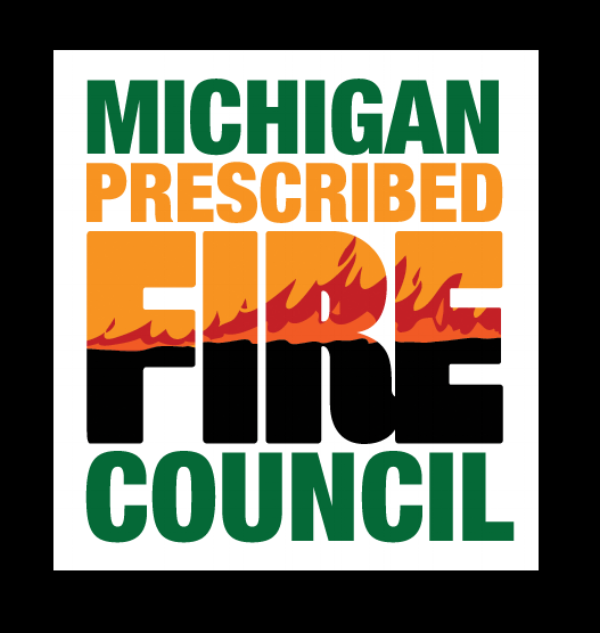Earlier today I stumbled across a story about burning in Northern Michigan, from the Petoskey news. The story is from this past May, and in it they talk about the difficulty in burning with snow still on the ground. Climate change means that burning, an already seasonally-specific activity, is becoming much less predictable, and could soon face new weather-related challenges. If winter snaps directly into summer we’ll see far less of the cold and dry conditions we need for spring burning. If summer snaps directly into winter we’ll see less fall burning too. This could force us to do more growing season burning, which can be beneficial but is much more difficult to plan and execute than traditional spring/fall burning. Growing season burns are less broadly applicable as they have less of a benefit for prairies (since they’re too greened out to burn) and tend to be more useful for invasives management. There are ups and downs to this kind of burning, but in general it’s seen as being more difficult.
These are the sorts of conversations we’re going to start having: conversations where we come to grips with what our ecosystems will start to look like in the future, and how our management tactics are going to shift to accommodate those changes. Maybe, in the warmer future, burning season will be a year-round affair. Maybe it’ll be so wet that burns can only happen every once in a blue moon. Or maybe, we’ll start working against climate change, stabilize our CO2 output, and burn season will look like it always has. But that’s probably my obscene optimism clouding my vision.

